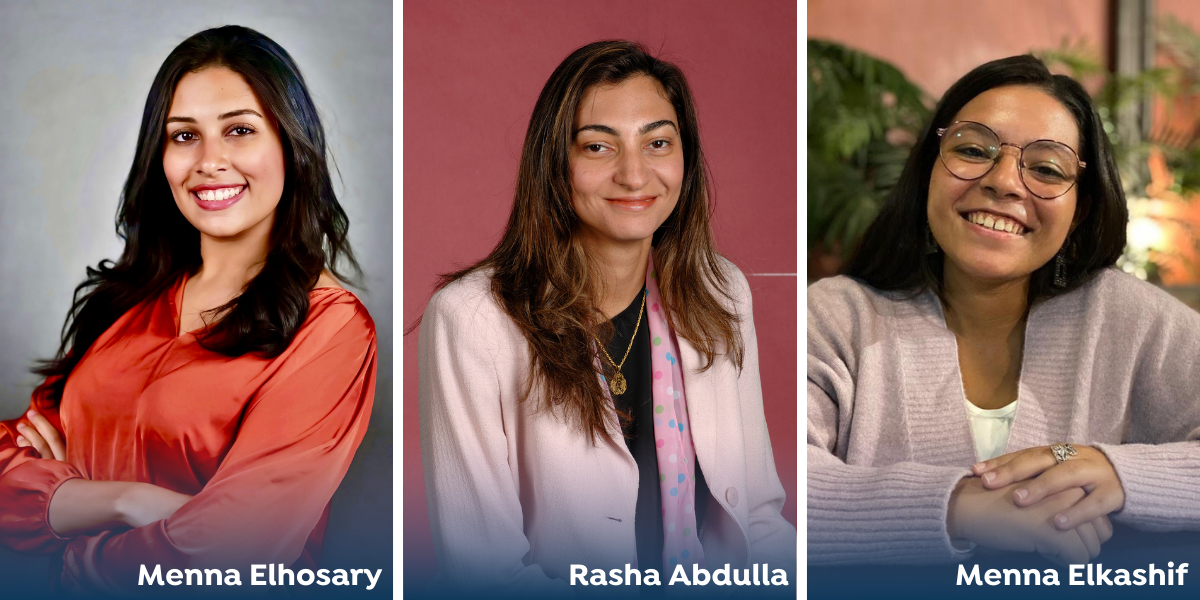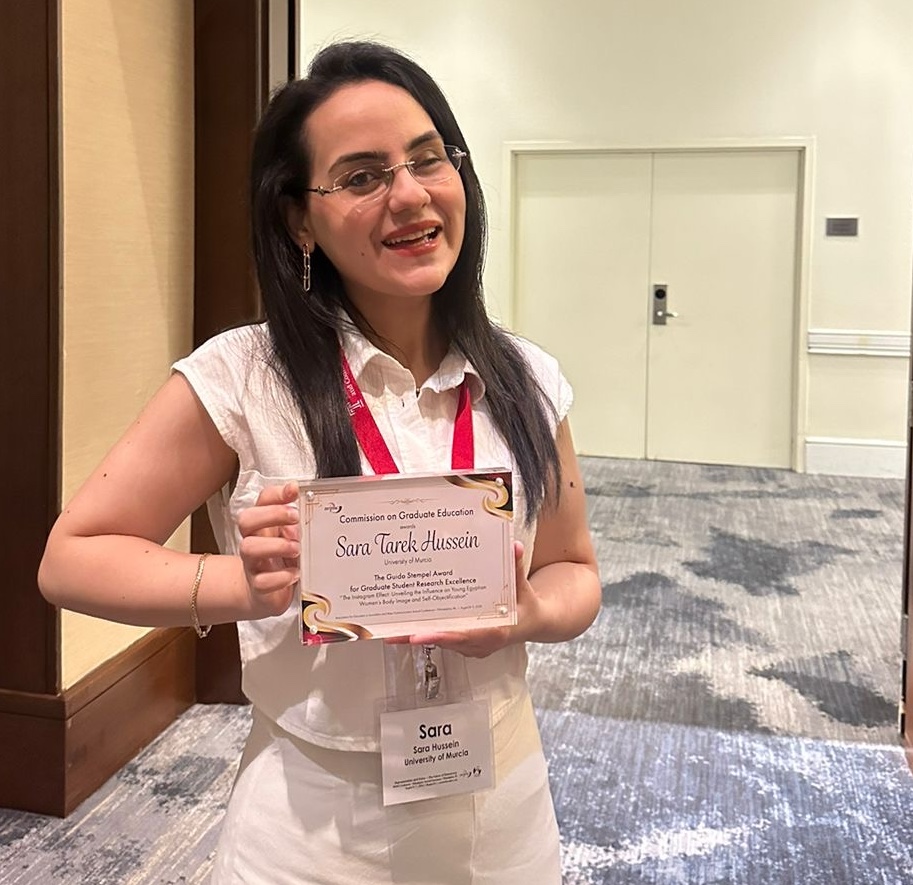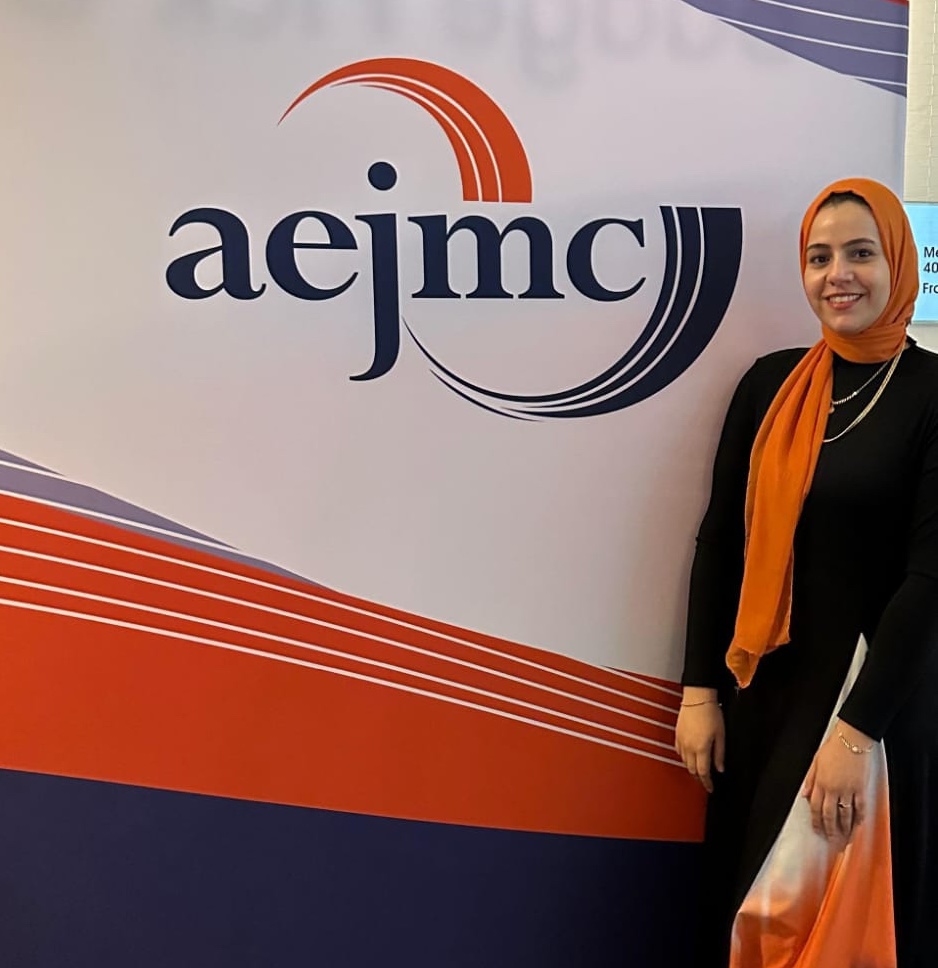Health and Happiness
Professor Mohamed Salama tackles misconceptions about aging and delves into Egypt’s first long-term aging study, which he launched last year.
To read the full article, click here.

Professor Mohamed Salama tackles misconceptions about aging and delves into Egypt’s first long-term aging study, which he launched last year.
To read the full article, click here.

AUC student Lena Boraei teamed up with community initiative Athar Lina to engage kids in local history through cards.
The educational card game Al Foora brings new meaning to the word “monumental.” The game, created by AUC student Boraei, teaches children about important antiquities, highlighting 30 significant landmarks in Cairo’s Al Khalifa neighborhood.
Players compete by placing down the top card in their hand and comparing numerical categories about the monuments on their cards such as “size” and “century.” The player with the highest number in a given category wins that round. Boraei, a history and graphic design junior, spent hours researching each building. She developed the deck as part of an internship with Athar Lina community initiative.
To read the full article, click here.

AUC awardees at the conference include:
Shahira Fahmy '91, '00, professor, Department of Journalism and Mass Communication
"Our research journey began amidst the Gaza war turmoil. The study is based on interviews conducted with 18 Palestinian journalists in Gaza, aiming to unveil the challenges and nuances of reporting on the Israel-Gaza War that began on October 7, 2023. Through our findings, we provide insights into the evolving landscape of war coverage in the digital era, highlighting ethical dilemmas, safety concerns and personal struggles faced by journalists reporting during conflict." – Shahira Fahmy

Mohamed Salama (MA '22):, PhD candidate, University of Maryland
Menna Elhosary (MA'24), teaching assistant, Department of Journalism and Mass Communication
"The ultimate goal of this assignment is to enhance media students' fact-checking skills, especially within the context of AI-generated misinformation. The assignment focuses on AI-generated misinformation rather than human-generated content, which is an area that is still underexplored." – Menna Elhosary '

Sara Tarek 17, '21, PhD candidate, Universidad de Murcia, the University of Murcia in Spain
First place - Guido H. Stempel III Award for Journalism and Mass Communication Research for her paper, "The Instagram Effect: Unveiling the Influence on Young Egyptian Women's Body Image and Self-Objectification." The paper examines the effect of Instagram use on young Egyptian women’s body image and how it relates to self-objectification, how women get dissatisfied and ashamed of their bodies, how the comments they receive on their Instagram content affect them positively or negatively, and put pressure on them to acquire a better body shape. The award is part of the Commission on Graduate Education division in AEJMC .
"I focused on Instagram because it is still relatively a new tool, and its effects on body image and self-objectification, especially for young women, is still not clear. The findings contribute to our understanding of social media's impact on body image and emphasize the need for awareness and education regarding the effects of Instagram use among female users in Egypt." - Sara Tarek

Omneya Mohamed Nagib (MA '19) , PhD candidate, University of Texas at Austin
AEJMC-Mass Communication and Society Division Diversity and Inclusion Career Development Fellowship for "outstanding academic accomplishment and potential for continued achievement as scholars and/or media professionals" addressing issues of diversity, equity,m inclusion and accssilbity within the meida industry

Presenting research tackling contemporary topics in the field, our faculty, students and alumni are shining at the upcoming Association for Education in Journalism and Mass Communication (AEJMC) conference to be held in Philadelphia from August 8 to 11.
